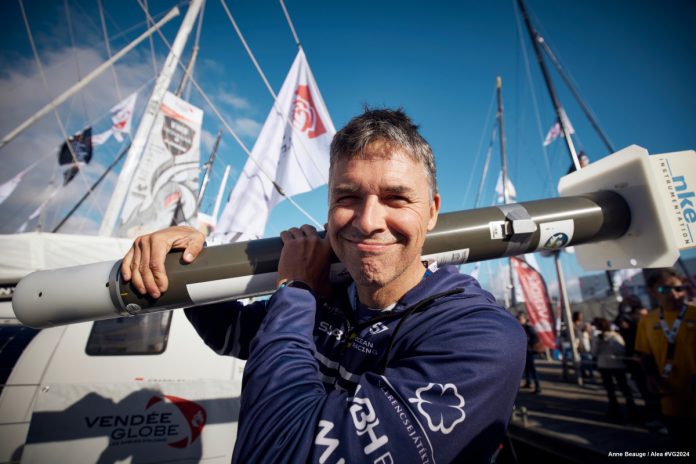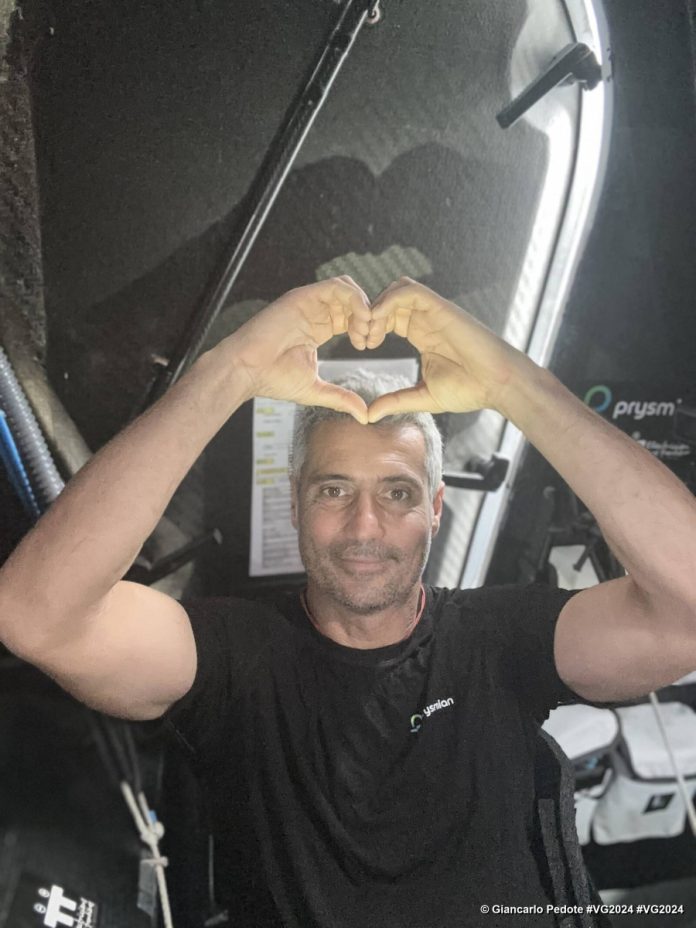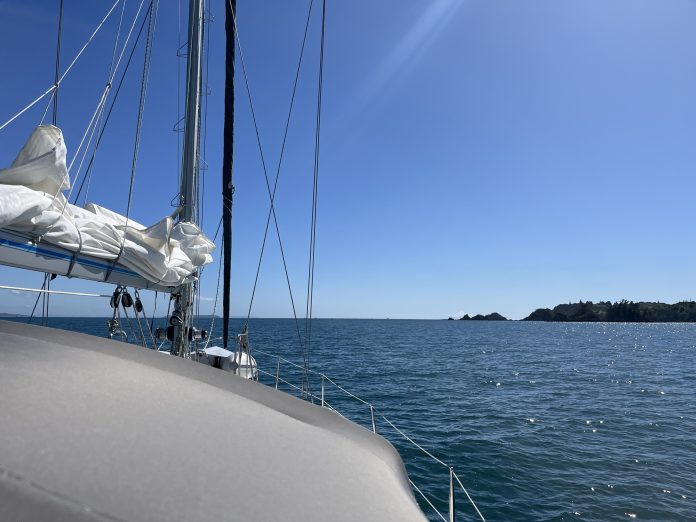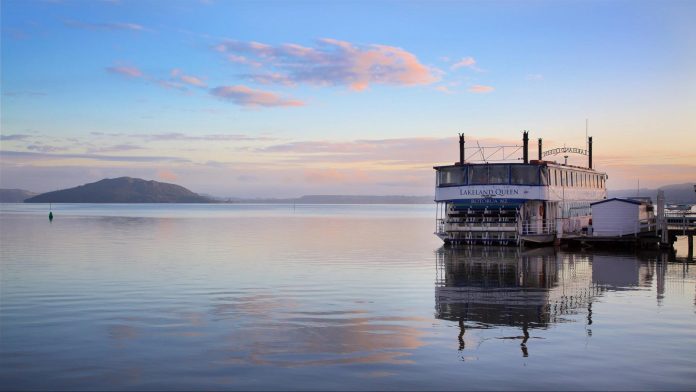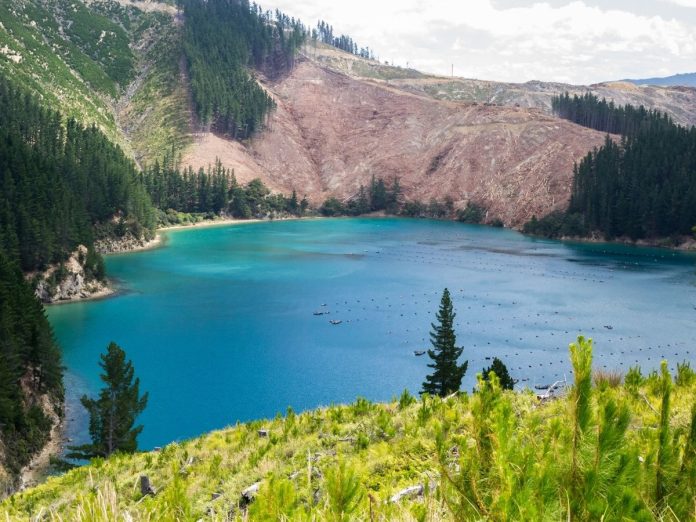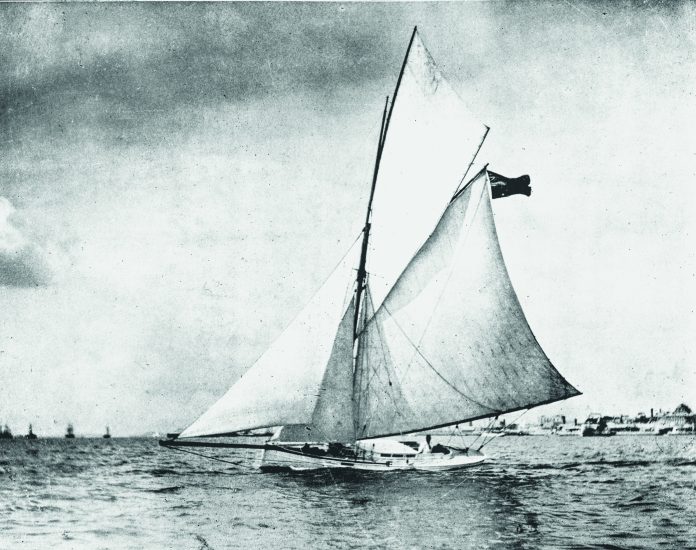A Force of Nature Along Africa’s Coastline
The Agulhas Current traces a path along the East African coastline, beginning south of Madagascar and coursing through the Mozambique Channel. Near the Cape of Good Hope, the current takes an extraordinary turn, diverging from the coast and looping in a dramatic 180-degree reversal. This movement generates massive whirlpools, or “rings,” some stretching several hundred kilometres in diameter, with powerful currents of up to 2.5 knots.
These rings are well-known to sailors, especially those navigating the Vendée Globe, a solo round-the-world yacht race. While the Vendée skippers steer far south to catch the edge of the current’s reversal for a speed boost eastward, the Agulhas remains a navigational hazard for others, infamous for its ability to churn up treacherous seas.
The Hidden Wealth Beneath the Surface
Beyond its navigational challenges, the Agulhas Current is a vital engine of marine life. Its swirling whirlpools facilitate a fascinating exchange between ocean layers. Nutrients from deep, dark waters are lifted to the surface, fuelling the growth of plankton—the foundation of the marine food web. This upwelling effect creates vibrant ecosystems teeming with life, from microscopic organisms to larger predators like fish and marine mammals.
However, these whirlpools also transport less desirable items: floating waste. The Agulhas Current serves as a conveyor belt for oceanic debris, reminding us of humanity’s impact on the marine environment.
Understanding Ocean Currents: Science in Action
The intricate mechanics of ocean currents like the Agulhas are still not fully understood, despite their immense influence on global systems. Wind drives waves, celestial bodies control tides, and Earth’s rotation creates whirlpools. On a vertical scale, colder, saltier water sinks, while warmer water rises, creating a global conveyor belt that moves water from surface to depths and back again.

As Clément Vic, a researcher at the French oceanography institute Ifremer, explains, much remains to be learned. “We know relatively well how water sinks to the bottom, but we understand less about how it rises to the surface,” Vic says. “Interactions between currents and underwater topography, such as the Mid-Atlantic Ridge, create turbulence and specific points of upwelling.”
Why Currents Matter in a Changing Climate
Ocean currents, including the Agulhas, are critical to regulating Earth’s climate. The Gulf Stream, perhaps the most famous current, extends into the North Atlantic, moderating Europe’s climate with warmth and humidity. However, the ocean’s conveyor belt is under threat as climate change disrupts its delicate balance.
Melting polar ice is adding vast amounts of freshwater to the oceans, diluting salt concentrations and potentially weakening the mechanisms that drive these global currents. Such disruptions could have profound implications, from altering weather patterns to impacting marine ecosystems.
To address these uncertainties, scientists are deploying advanced tools such as the Argo float network, which collects data from across the world’s oceans. Satellites equipped with sensors provide critical surface observations, while supercomputers model future scenarios, offering glimpses into potential climate outcomes by 2050 or even 2100.
The Ocean: Earth’s Heat and Carbon Sponge
The ocean is an unsung hero in the fight against climate change. With a heat-absorbing capacity 1,000 times greater than air, it acts as a vast reservoir, soaking up excess atmospheric heat and sequestering about 25% of human-induced CO2 emissions. This dual role makes understanding ocean currents not just an academic exercise but a vital endeavour for humanity’s future.
As sailors navigate the Agulhas Current’s mighty whirlpools and scientists seek to unravel its secrets, one thing is clear: the ocean’s power extends far beyond its surface. It is a lifeline for marine biodiversity, a regulator of climate, and a mirror reflecting humanity’s impact on the planet.









